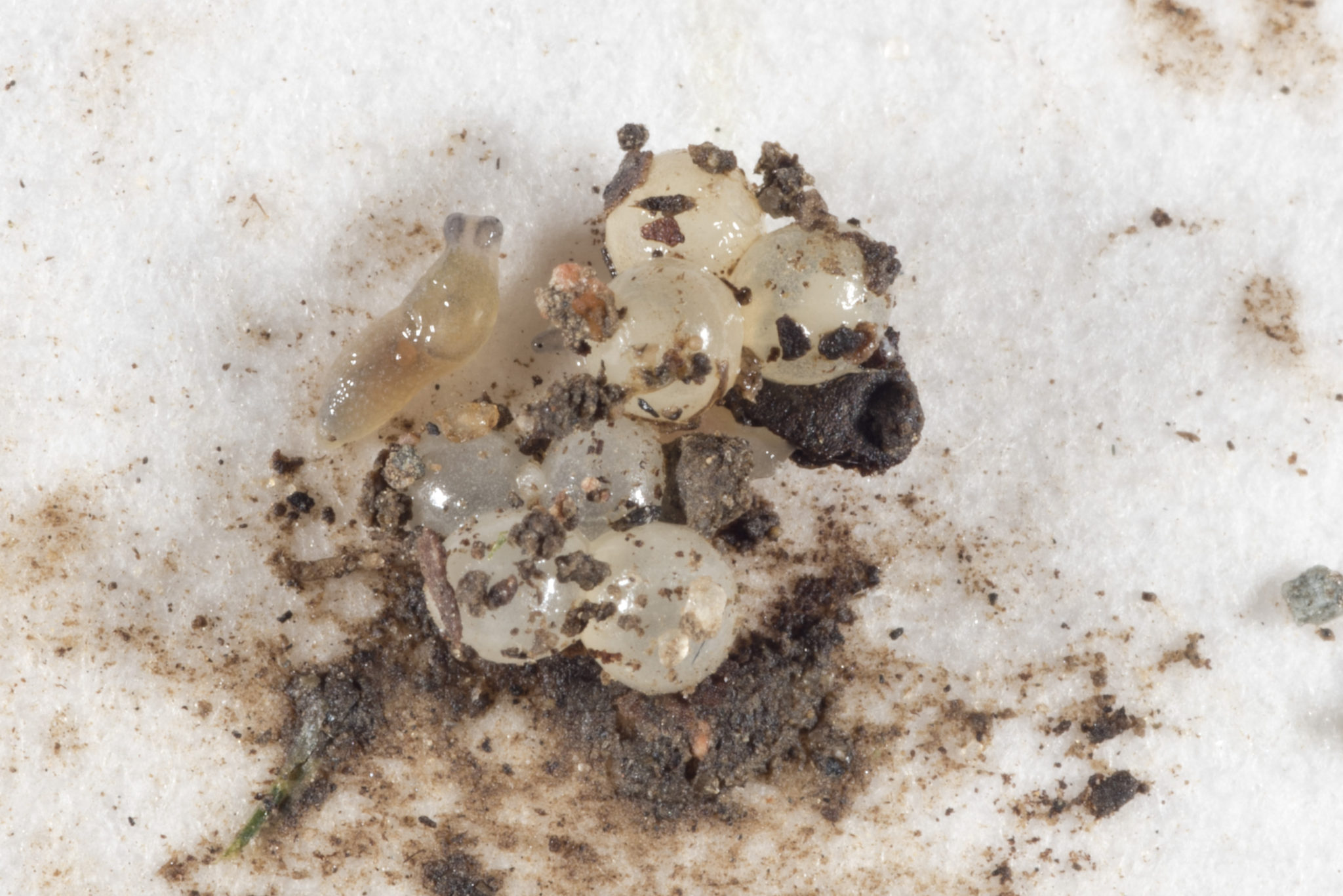Increasingly, slugs are becoming a topic of discussion with field crop producers. Not from the slugs’ disagreeable nature, but because damage to crops is becoming more apparent. Fortunately, we know enough about slug biology to better predict high-risk fields, namely those with high residues and minimal tillage. Unfortunately, we have very few management options, i.e., rescue treatment, once they become problematic.
The best slug management tactic is done right now, simply to wait to plant when the soils are ready. This is being written on May 2, as producers throughout the state are in a rush to catch up on planting progress, especially with rain in the forecast. Slugs feed on all portions of the corn and soybean plant. Generally, foliage feeding, though unsightly, will not hinder yield. Because slugs are nocturnal, their perfect world is for easy entrance into the seed slot to feed below ground, night and day. Below ground feeding is the real danger here and it will likely delay, if not kill, the seedling.

Newly hatched slug with eggs.
Disruption of the slug’s environment, i.e. tillage, is the only reliable way to break up their increasing populations in a field. Obviously, this is counter to the goals of long-term conservation tillage. Strip tillage is an option, as is selectively tilling areas of a field where slugs are a problem – they are often not distributed evenly throughout the field. Slug eggs are now hatching, and juveniles (“teenagers”) are the heavy feeders. This is why we often suggest planting a field as early as possible (but when soils are ready and open seed slots are not a risk) to combat stand loses from slugs. With good growing conditions, the crop will easily “outgrow” the juvenile slug feeding. On the other hand, planting too early, will often cause poor closure of the seed slot, allowing slugs easy access to vulnerable tissues of the seedling. Happy scouting!


